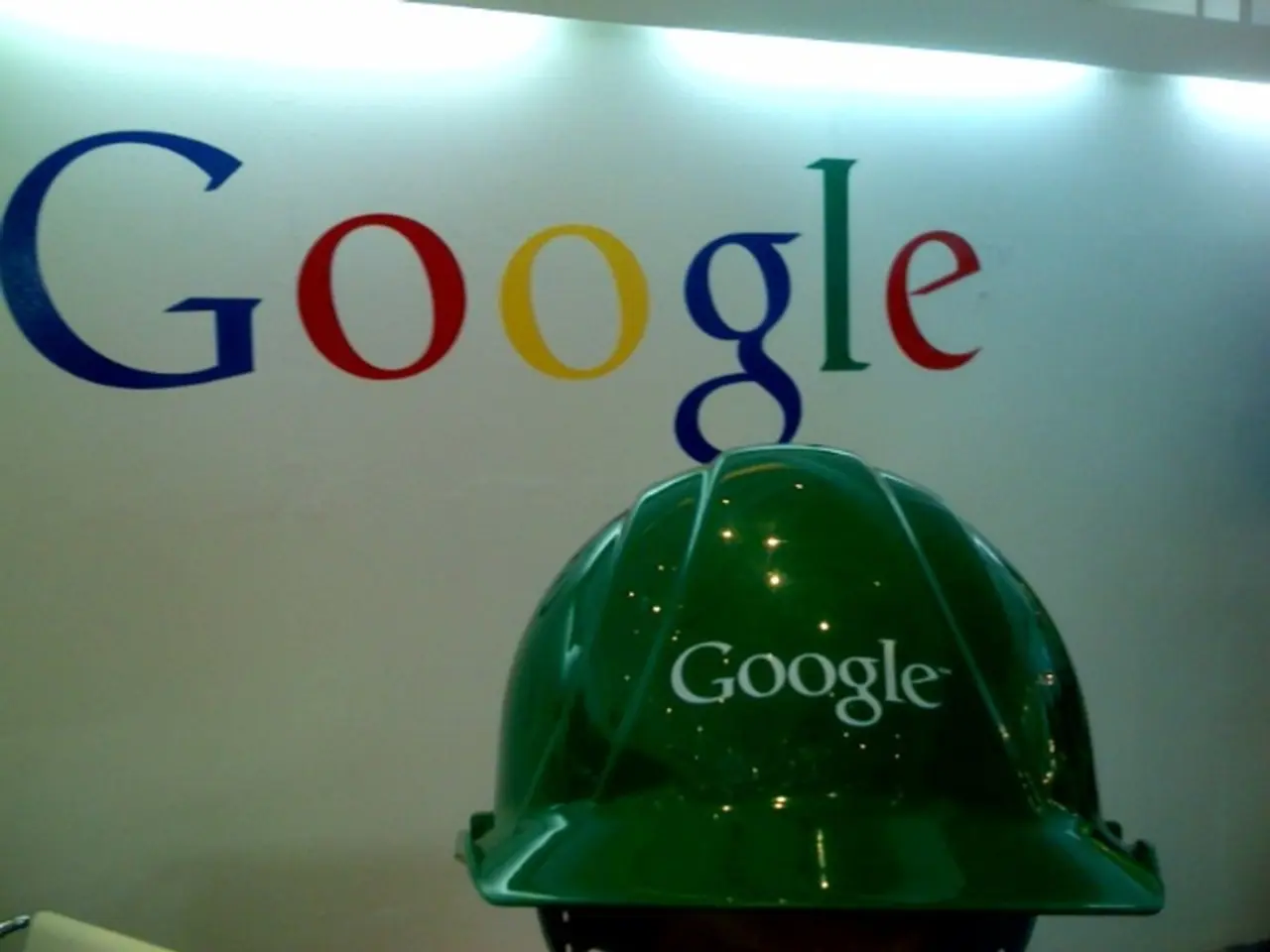Cloud Structure Design by Google
Google Cloud Platform (GCP) offers a diverse range of resources for software development and hosting. Here's a breakdown of the three main types of resources in GCP, their scope, and availability:
Global Resources
Global resources are accessible from anywhere within a project, regardless of specific regions or zones. They are not tied to a particular geographic location or zone. Examples include global static IP addresses used by global load balancers, instance templates (unless limited by zonal resources), and disk snapshots that can be accessed across zones and regions within the same project. No scope specification is needed when creating global resources.
Regional Resources
Regional resources are tied to a specific region (a broad geographic area) and are redundant across all the zones within that region, providing higher availability. For example, regional IP addresses are resources that exist within one particular region but are redundant across its zones. Regions provide multiple availability zones interconnected to support disaster recovery and high availability.
Zonal Resources
Zonal resources are specific to a single zone, which is an isolated data center within a region. These resources have the highest locality and lowest latency but are limited to that one zone. Zonal resources typically include virtual machine instances, persistent disks, and network interfaces. High availability at this level depends on replicating resources across zones within the same region.
This classification helps users architect applications for availability, latency, and disaster recovery as they manage cloud resources in GCP.
Other Key GCP Resources
- Google Cloud APIs are central to GCP, allowing access to storage, instances, machine-learning-based tasks, and more from an API.
- Cloud DNS allows publishing and maintaining DNS records using the same infrastructure as Google.
- Virtual Private Cloud (VPC) provides networking functionality to Compute Engine virtual machine (VM) instances, GKE, and the App Engine environment, offering global, scalable, and flexible networking. VPC allows setting firewall rules and implementing routes for advanced networking functions such as VPNs.
- Cloud Storage provides large, reliable data storage with options for standard, Nearline, Coldline, and Archive storage.
- Cloud SQL is a SQL database for MySQL or PostgreSQL databases.
- Google Cloud's Functions as a Service (FaaS) offering, Cloud Functions, allows writing simple, single-purpose functions attached to events from cloud infrastructure and services. Cloud Functions can be written using JavaScript, Python, Python 3, Go, or Java runtimes in GCP.
- Filestore offers fully managed Network Attached Storage (NAS) for data storage from applications running on Compute Engine VM Instances or GKE clusters.
- BigQuery BI Engine is a fast, in-memory analysis service for BigQuery.
- Firestore and Cloud Bigtable are NoSQL data storage options for document-like and tabular data, respectively.
- Network Load Balancing distributes traffic among server instances based on incoming IP protocol data.
- BigQuery is an enterprise data warehouse for data analysis tasks, offering BigQuery ML for building and operationalizing ML models directly inside BigQuery.
- The AI Platform offers a variety of machine learning (ML) services, including APIs for video analysis, speech-to-text, optical character recognition (OCR), explicit content tagging, sentiment analysis, entity analysis, content classification, syntax analysis, translation, and DialogFlow for building conversational interfaces.
To get started with GCP, create a free account on cloud.google.com/ and click "Get Started for Free". To interact with GCP via command line, install the Google Cloud SDK at https://cloud.google.com/sdk. A deep understanding of cloud architecture and the Google Cloud Platform is required for designing, developing, and managing robust, secure, scalable, highly available, and dynamic cloud solutions.
- Despite not being tied to a specific location, global resources in Google Cloud Platform (GCP) can be accessed across zones and regions within the same project, such as global static IP addresses and disk snapshots.
- Regional resources in GCP, like regional IP addresses, exist within one particular region but are redundant across its zones and provide higher availability, making them suitable for applications that require both latency and redundancy.
- If low latency is a priority, consider zonal resources, which are specific to a single zone and include resources like virtual machine instances, persistent disks, and network interfaces, although they are only available within that one zone.
- Google Cloud APIs provide access to various features such as storage, instances, and machine learning tasks from an API, allowing users to manage their projects more efficiently.
- Cloud DNS, Virtual Private Cloud (VPC), and Cloud Storage are additional resources offered by GCP, catering to networking, data storage, and database needs respectively.
- To write simple, single-purpose functions attached to events, developers can utilize Google Cloud's Functions as a Service (FaaS) offering, Cloud Functions, which supports several programming languages.
- For those interested in mastering cloud architecture and designing secure, scalable, and dynamic cloud solutions, personal-growth resources like educational content on artificial-intelligence, learning platforms, or blogs about projects and industry trends can be beneficial.




